Affiliate disclosure: This post may contain affiliate links. Please see our Privacy Policy.
Purple dead nettle is a common wild weed that’s both edible and medicinal. Unlike stinging nettle, dead nettle has no “sting,” and it’s easy to harvest for use fresh, cooked, or in homemade medicine.
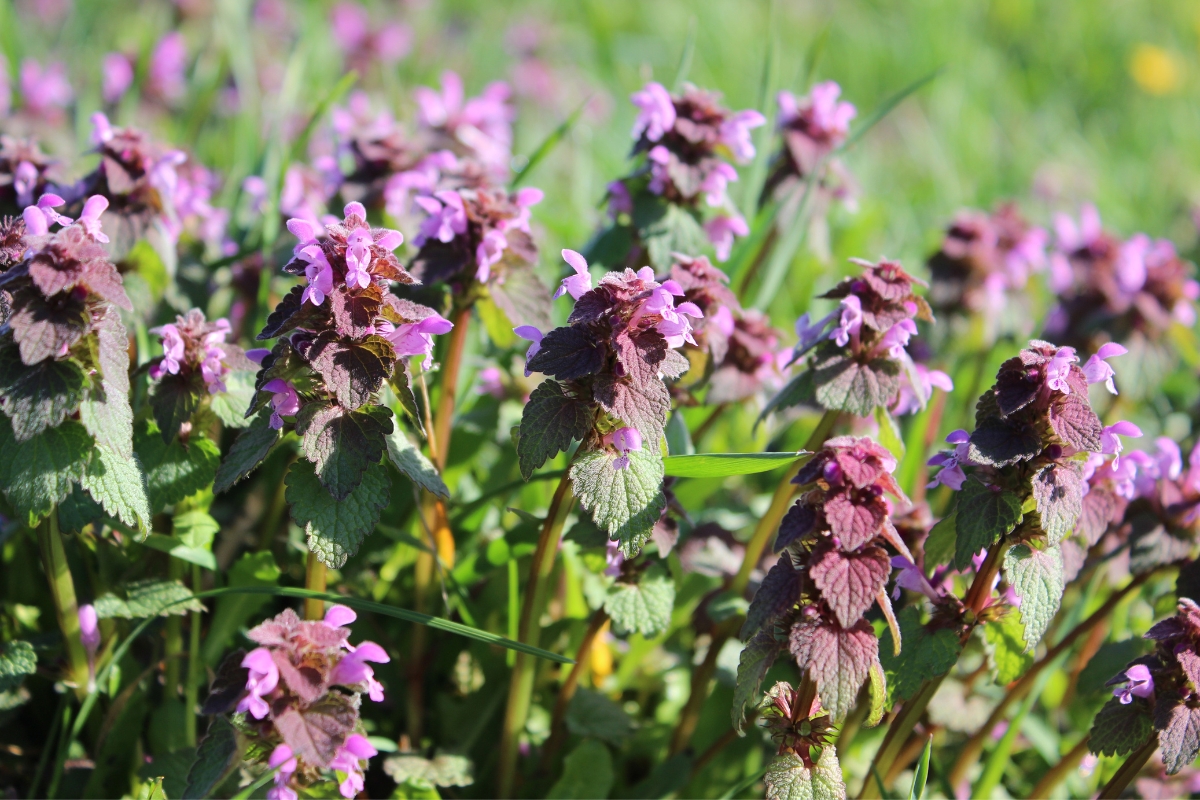
Table of Contents
Purple dead nettle is an absolutely stunning spring flower, and the bees love its bright purple/pink blooms. Some people think of it as a weed, largely because it grows in carpets and can take over moist, fertile spots on your lawn in the blink of an eye.
Personally, I don’t know why people dislike this lovely weed. When you realize that purple dead nettle is delicious, medicinal, and doesn’t have a sting like other nettles, it makes me wonder why everyone hasn’t already planted it in their yard!
Not only can you make it into a tasty salad, or use it as a cooked green, but it’s also a potent medicinal. The leaves can stop bleeding (like yarrow), and it’s an immune-boosting herb (like echinacea). Beyond that, they’re a natural source of antioxidants and have been shown to boost beneficial gut flora.
Herbalists use purple dead nettle to treat dozens of conditions, but most people just pick a few snips of this abundant weed to add color to spring salads.
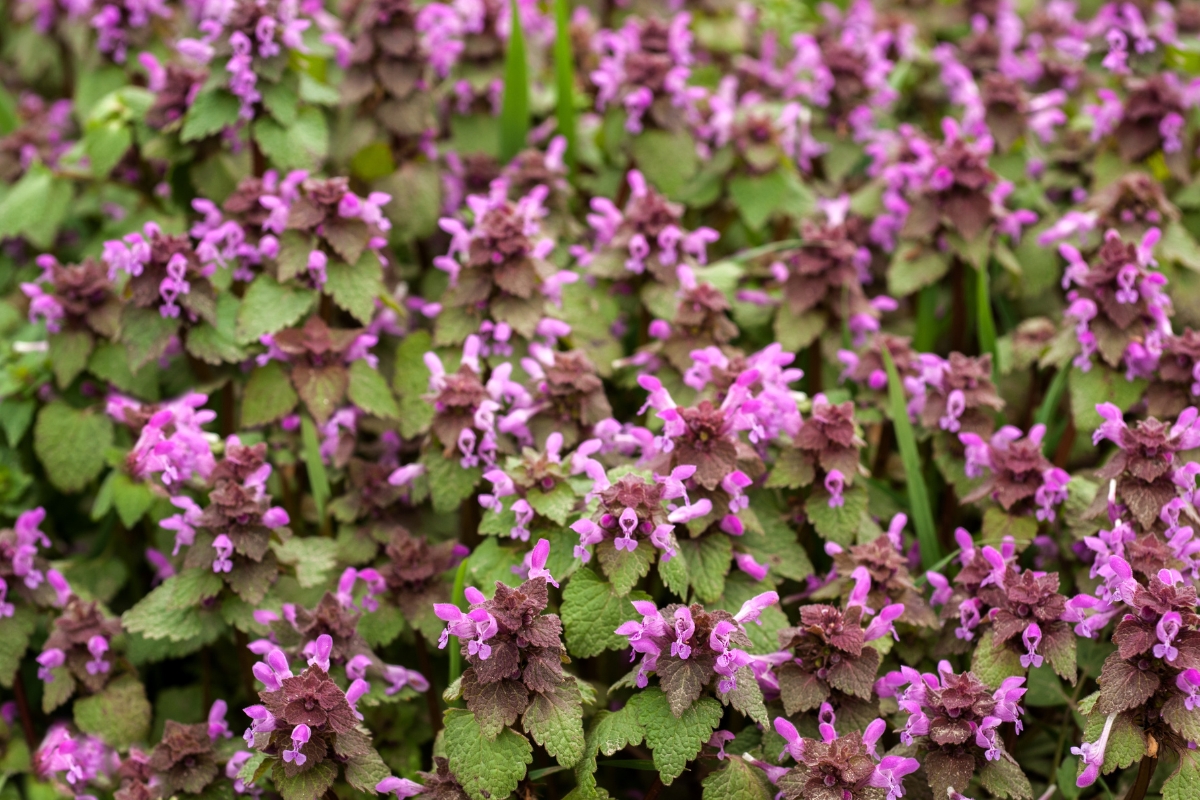
What is Purple Dead Nettle?
Purple Dead Nettle (Lamium purpureum) is a perennial, herbaceous weed that’s a member of the Lamiaceae or mint family. You may also hear it called Red Dead Nettle or Purple Archangel.
Native to Europe and Asia, Purple Dead Nettle has naturalized throughout much of North America, where it carpets the ground each spring.
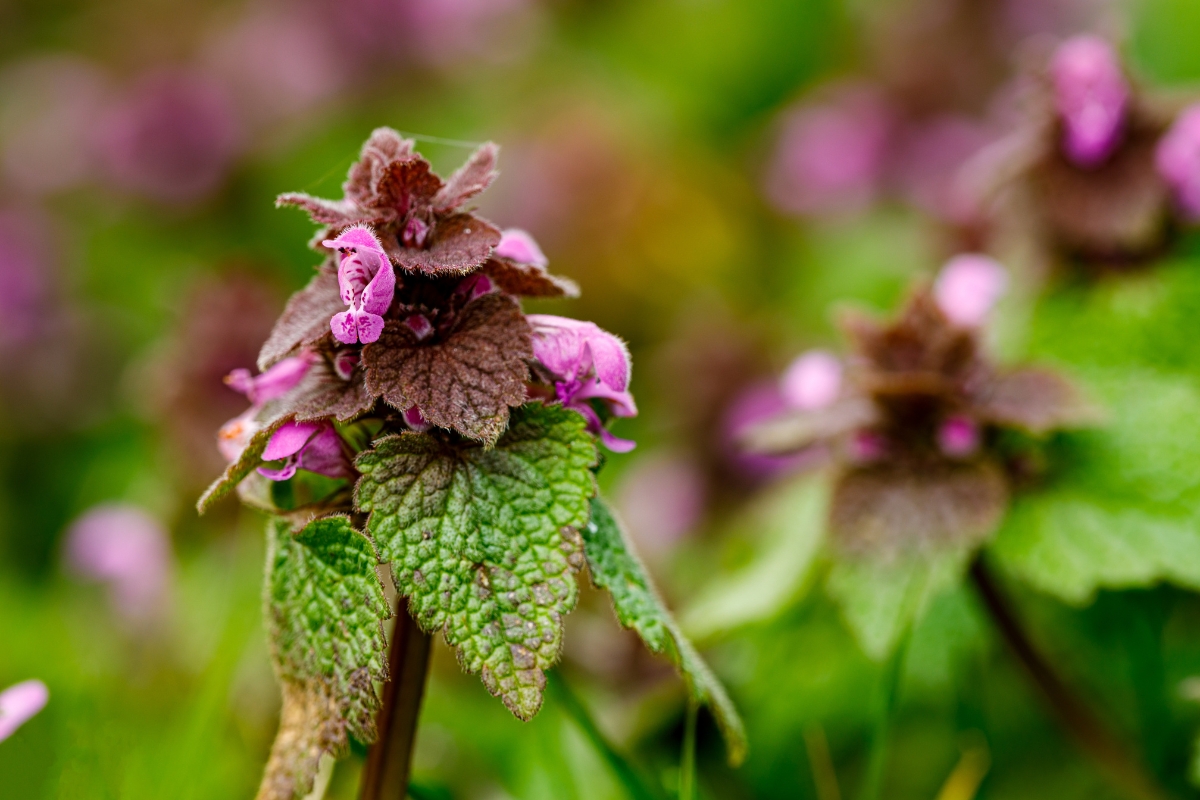
Is Purple Dead Nettle Edible?
Yes, Purple Dead Nettle is edible. You can use the leaves, stems, and flowers raw or cooked.
However, the stems can be tough and aren’t normally eaten. The leaves are also fuzzy, so Purple Dead Nettle is generally used sparingly when consumed raw in salads and other dishes.
It’s best to eat before it has gone to seed when the plant gets tough. Unlike true nettles, Purple Dead Nettle doesn’t sting, so it’s named “dead” nettle. It’s thought to be named nettle for the similar leaf shape.
Folk herbalists also use Purple Dead Nettle for external and internal medicine. Purple Dead Nettle may have some laxative effects if taken in large quantities.
Purple Dead Nettle is commonly found in disturbed habitats, but you should avoid harvesting from areas contaminated with car exhaust or other pollutants.
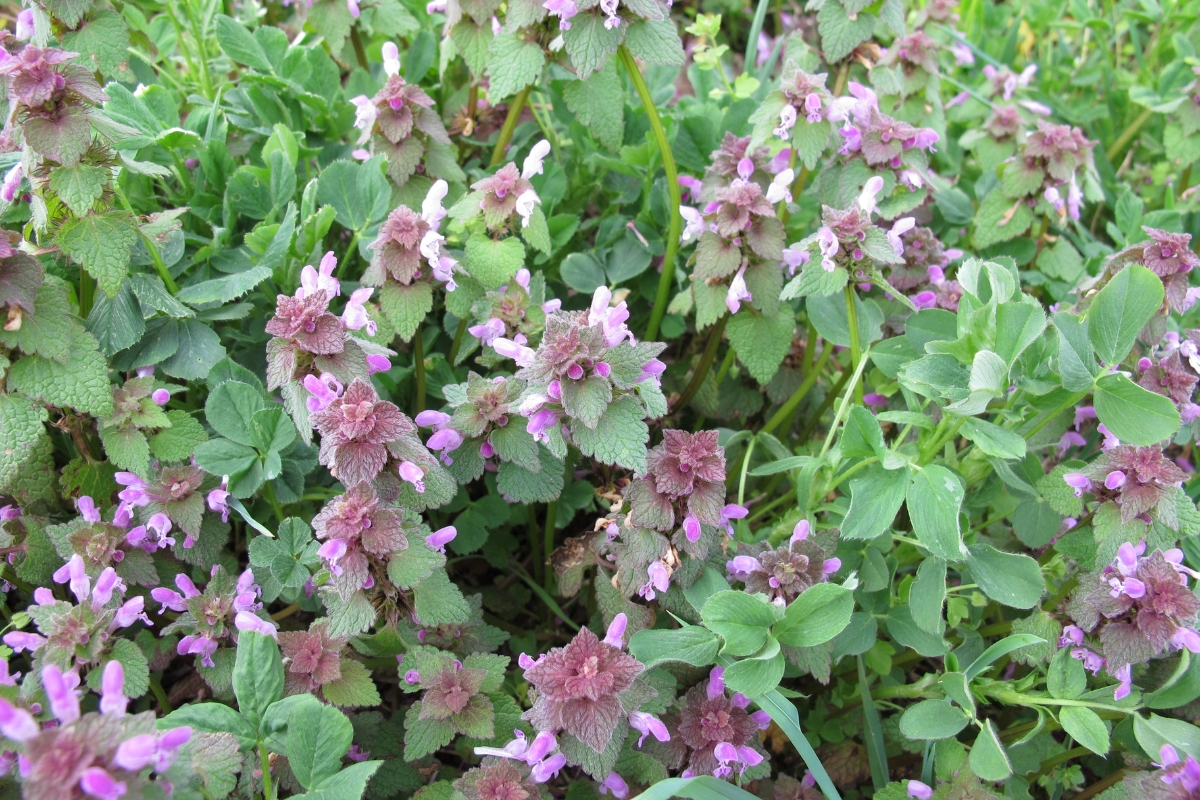
Medicinal Benefits of Purple Dead Nettle
Though it’s a common weed, Purple Dead Nettle can be a helpful herbal ally. Among herbalists, Purple Dead Nettle is thought to have many benefits, including:
- Astringent
- Antimicrobial
- Antifungal
- Antibacterial
- Diuretic
- Diaphoretic
- Purgative
- Antioxidant
- Immunostimulating
- Anti-Inflammatory
Internally, Purple Dead Nettle is often used as a tea, tincture, or infusion. Herbalists have used it to treat allergy symptoms, rheumatism, excessive menstrual bleeding, cardiovascular issues, and yeast and fungal infections. It is also believed to be highly nutritious and help improve the gut biome.
Externally, the plant is often used as a poultice or in a salve to help treat cuts and bleeding wounds, rashes, and other skin irritations.
A recent study, helped corroborate herbalists’ belief that Purple Dead Nettle can help boost the immune system. Purple Dead Nettle contains polyphenol compounds with high antioxidant activity. In addition to boosting the immune system, these polyphenol compounds may also benefit the gut microbiota.
Another study examined the antioxidant properties. It noted that the plant’s high antioxidant potential “may be applicable in the formulation of herbal products with not only antioxidant action that can be used in the prevention of various diseases in which free radicals are a major influence.”
The use of Purple Dead Nettle to staunch bleeding and to help reduce excessive menstrual bleeding was corroborated by another modern study. Researchers found that extracts of Purple Dead Nettle displayed hemostatic activity.
Where to Find Purple Dead Nettle
Purple Dead Nettle is native to parts of Europe and Asia but has naturalized throughout much of North America. In the United States, it can be found along much of the East and West coasts, and in the Midwest.
Purple Dead Nettle thrives in disturbed habitats, and you’re likely to find it in lawns, gardens, roadsides, pastures, and meadows. It prefers full sun to light shade and grows best in areas with moist, fertile soil.
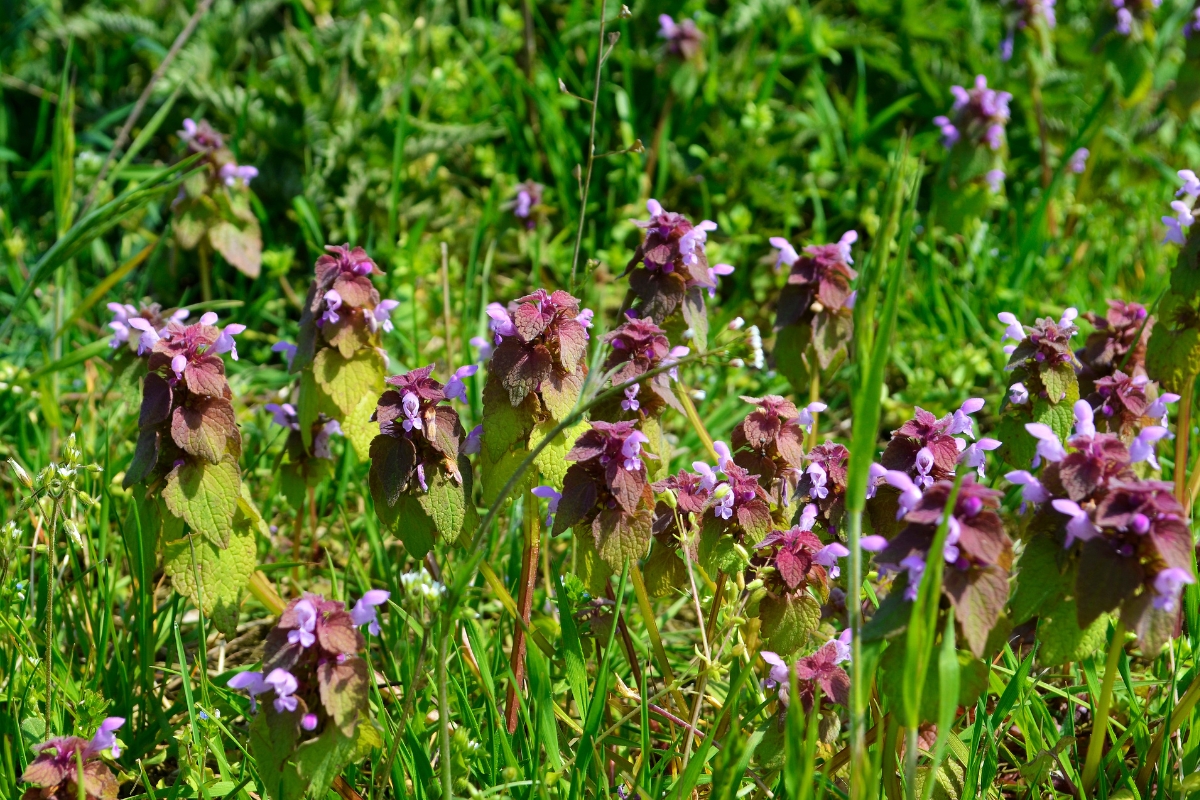
When to Find Purple Dead Nettle
You’re most likely to find Purple Dead Nettle in the spring as it thrives and puts on good growth in cool, moist weather. Purple Dead Nettle may appear as late as May in far northern areas, but in southern areas, it can be found as early as March.
It will often continue growing through the summer but isn’t as prolific or vigorous. In warmer climates, Purple Dead Nettle can occasionally be found growing and even blooming year-round.
How to Identify Purple Dead Nettle
Purple Dead Nettle can be rather inconspicuous, and many of us have overlooked it before realizing what it was. However, once you know what you’re looking for, it can be fairly easy to spot in spring when it’s putting on good growth.
It’s low-growing and will often form huge patches. The tops are pinkish-red or purple and have tiny purple blooms which attract bees.
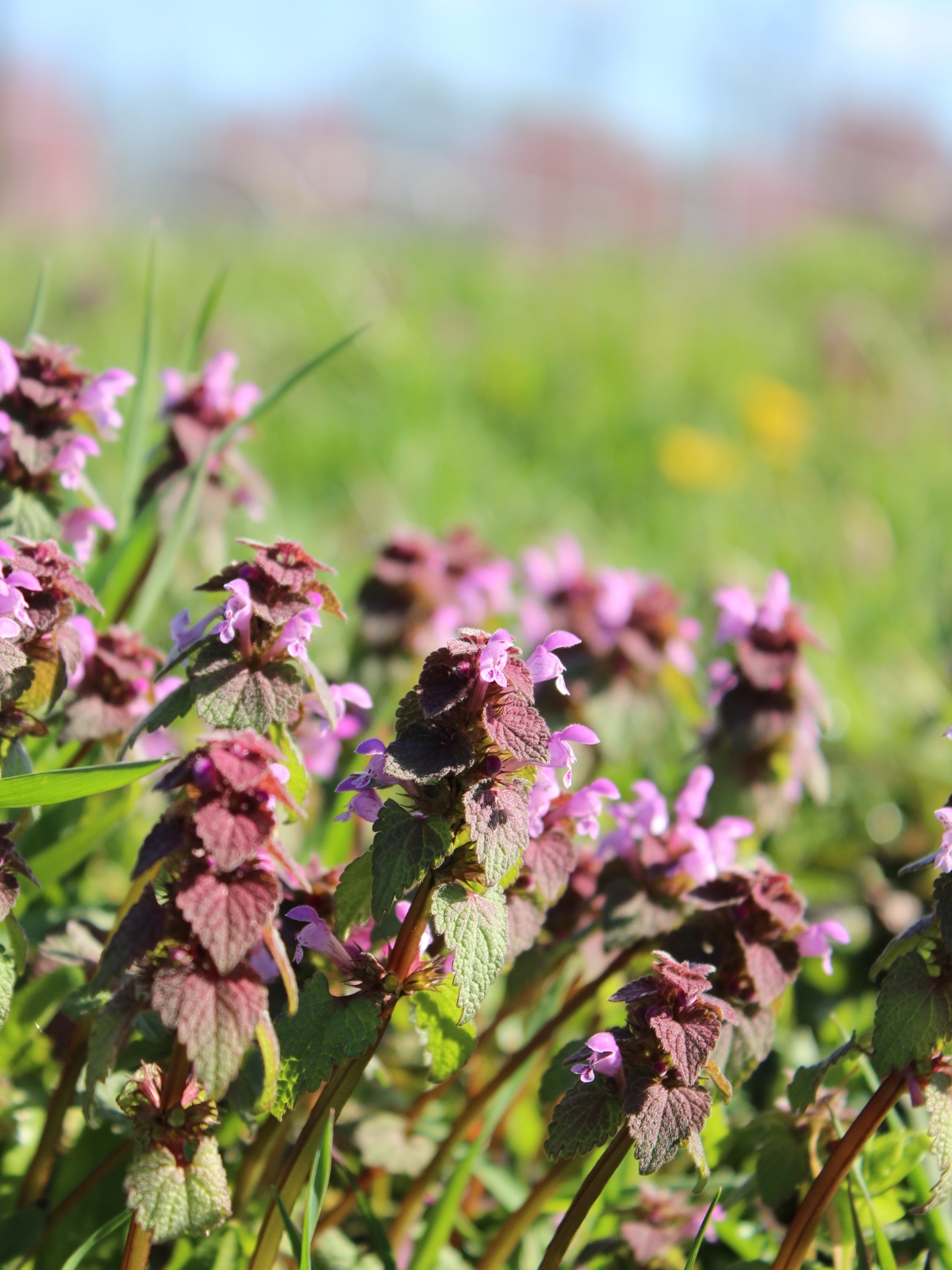
Purple Dead Nettle Leaves
Purple Dead Nettle has hairy, heart-shaped, or triangular leaves with rounded teeth. They may grow 1 to 3 inches in length.
The leaves are oppositely arranged and attached to the stem with short petioles. Towards the top of the plant, they are crowded and often overlap.
The leaves transition from green near the bottom of the stem to purplish-red or pink near the top of the stem.
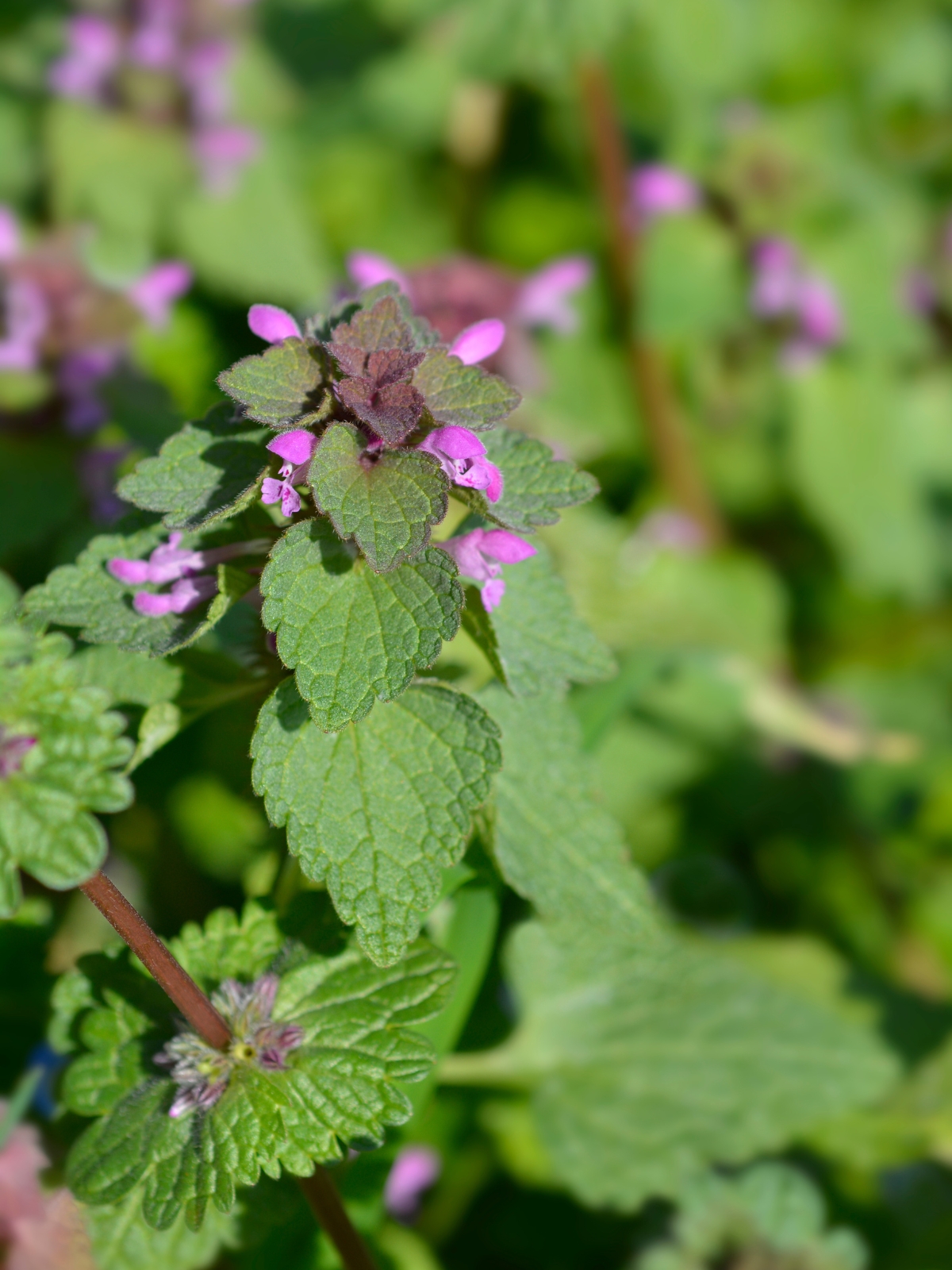
Purple Dead Nettle Stems
Purple Dead Nettle has square stems characteristic of the mint family.
The stems may grow up to 8 to 10 inches tall and are smooth, usually green with a reddish tint.
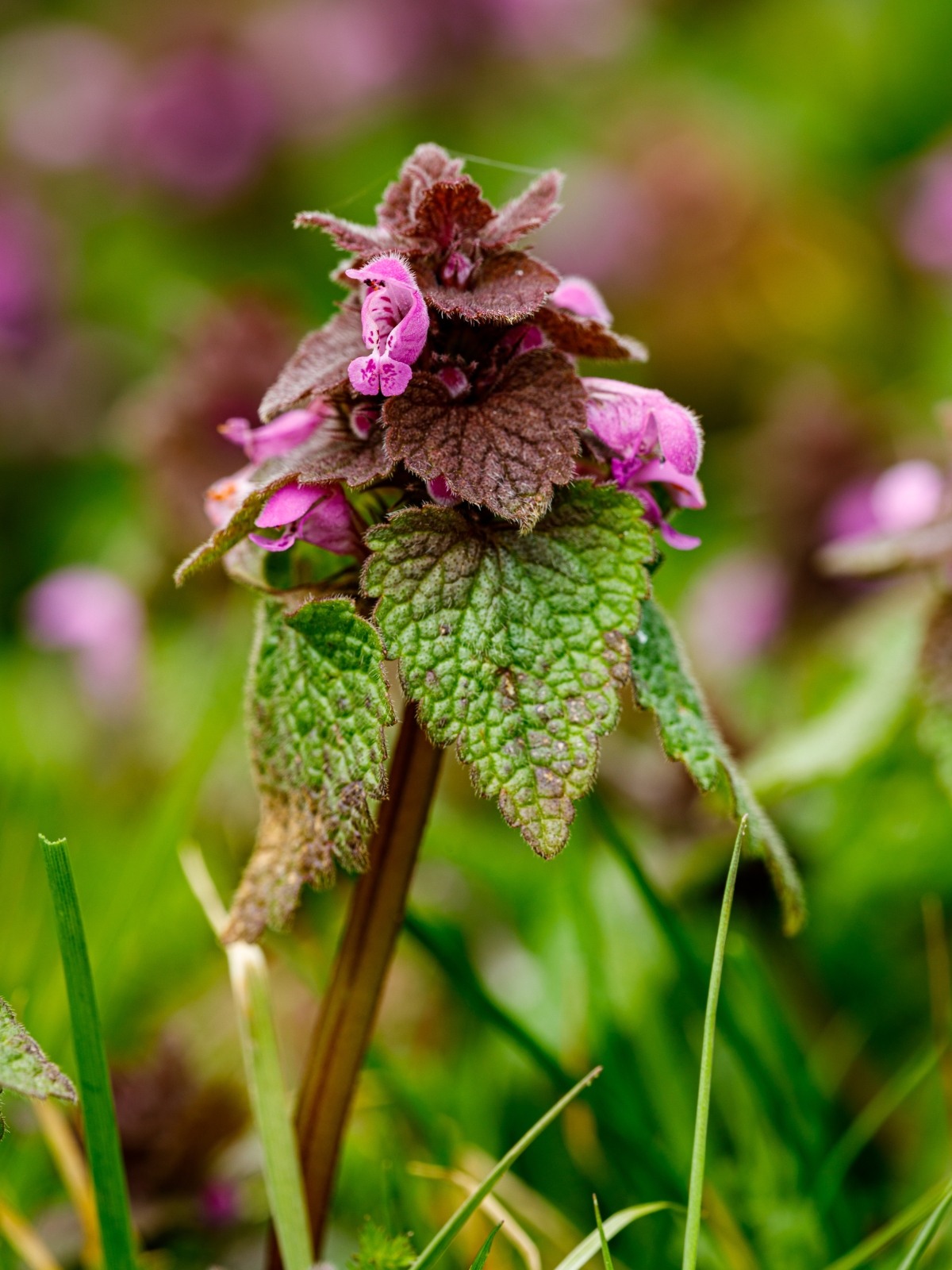
Purple Dead Nettle Flowers
The little flowers form in whorls of 6 to 10 flowers near the top of the stem. The flowers are usually purple or pink and technically have five petals.
However, the petals are fused and form a tube-like flower with a top hooded petal and two lower lip petals.
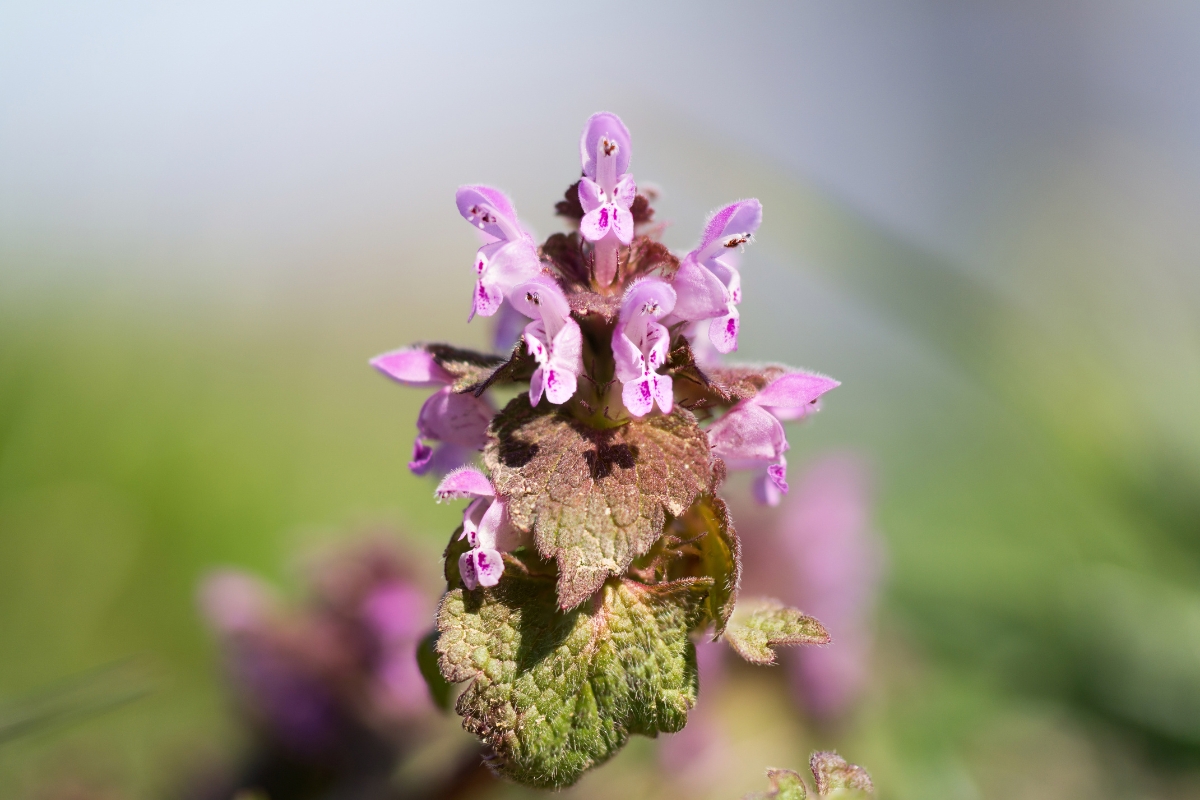
Purple Dead Nettle Look-Alikes
Purple Dead Nettle is sometimes mistaken for Henbit (Lamium amplexicaule), another member of the mint family. Henbit is distinguished from purple dead nettle in the following ways:
- Henbit’s leaves are roundish to ovate, and the margins are deeply scalloped.
- Henbit’s leaves do not transition from green to reddish-purple or pink near the top of the stem.
- Henbit’s upper leaves are sessile, meaning there’s no petiole, and attach directly to and surround the stem.
- Henbit’s flowers have darker spots on the lower lips and fine hairs on the top of the hood.
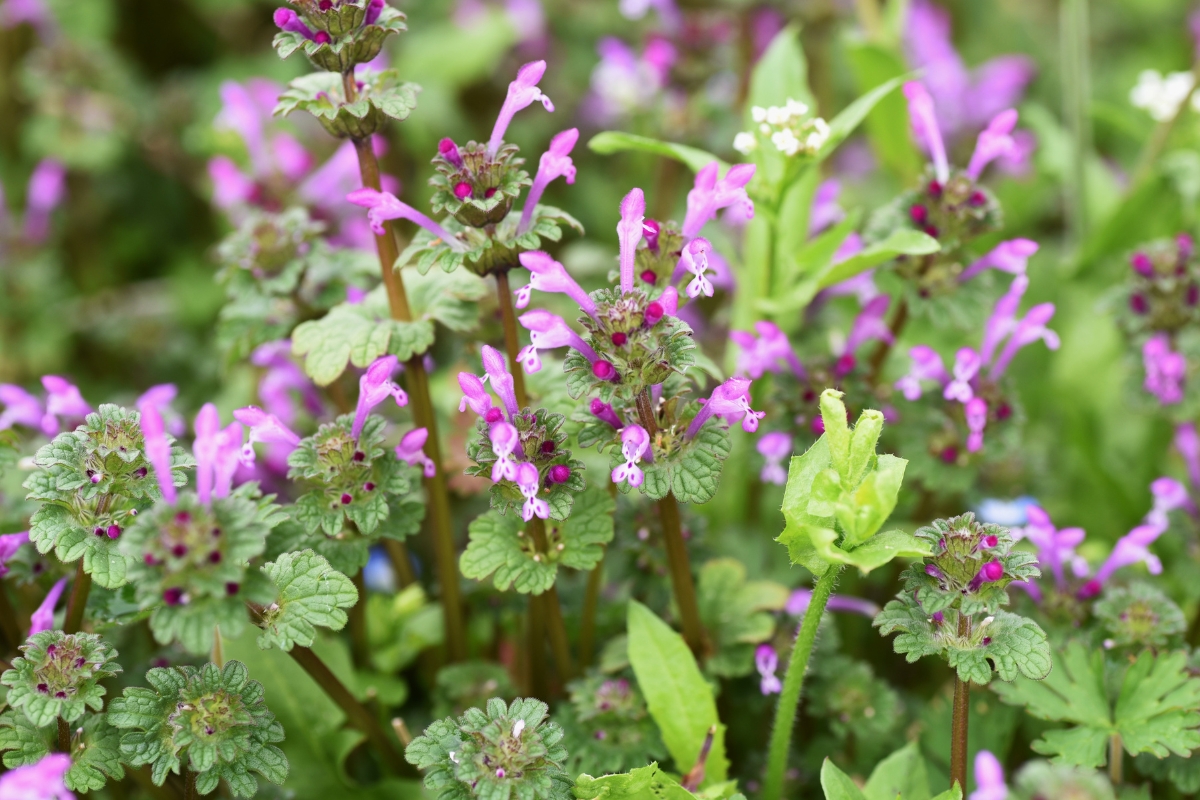
Purple Dead Nettle can also be confused with Ground Ivy (Glechoma hederacea). Fortunately, it also differs in a few easy-to-spot ways.
- Ground Ivy’s leaves are rounded or kidney-shaped and slightly hairy rather than fuzzy.
- Ground Ivy’s leaves do not transition from green to reddish-purple or pink near the top of the stem.
- Ground Ivy sprawls and grows along the ground rather than erectly like the stems of Purple Dead Nettle.
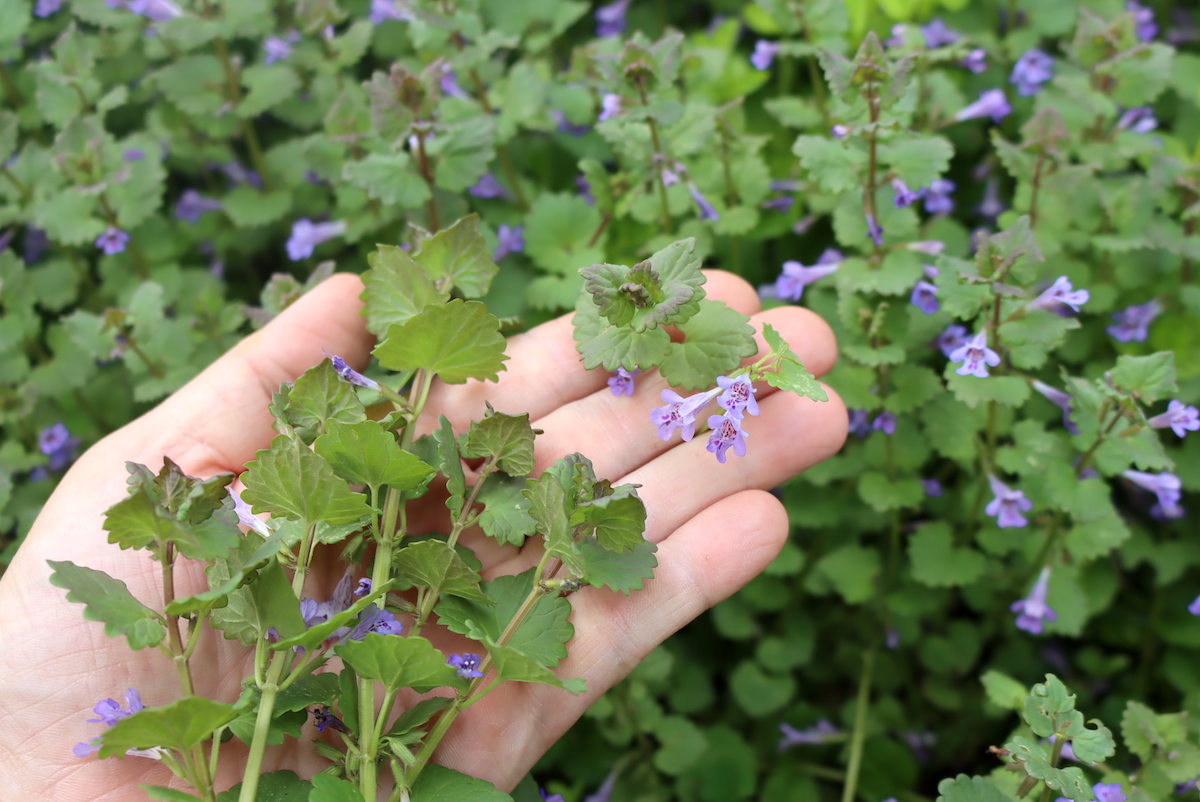
Ways to Use Purple Dead Nettle
Once you can recognize Purple Dead Nettle, you’ll probably notice you see it everywhere. Thankfully, it’s a useful plant to have around, and you can use it as a culinary or medicinal herb.
You can harvest Purple Dead Nettle and use it raw in salads, pestos, smoothies, or as a garnish. It has a bitter, sometimes peppery flavor. It has fuzzy leaves and a somewhat strong flavor, so many prefer to cook Purple Dead Nettle. You can add Purple Dead Nettle to soups, stews, stir-fries, and other dishes.
The fresh or dried leaves, stems, and flowers of Purple Dead Nettle can also be used medicinally, both internally and externally. Use Purple Dead Nettle in teas, infusions, tinctures, salves, lotions, and poultices.
If you have extra Purple Dead Nettle, you can preserve the leaves by drying them or blanching and freezing them like other tender greens. The dried leaves make a good addition to soups and herbal tea recipes.
Additionally, fiber artists can use Purple Dead Nettle as a natural dye. Typically Purple Dead Nettle is used to dye wool and other natural fibers into shades of green.
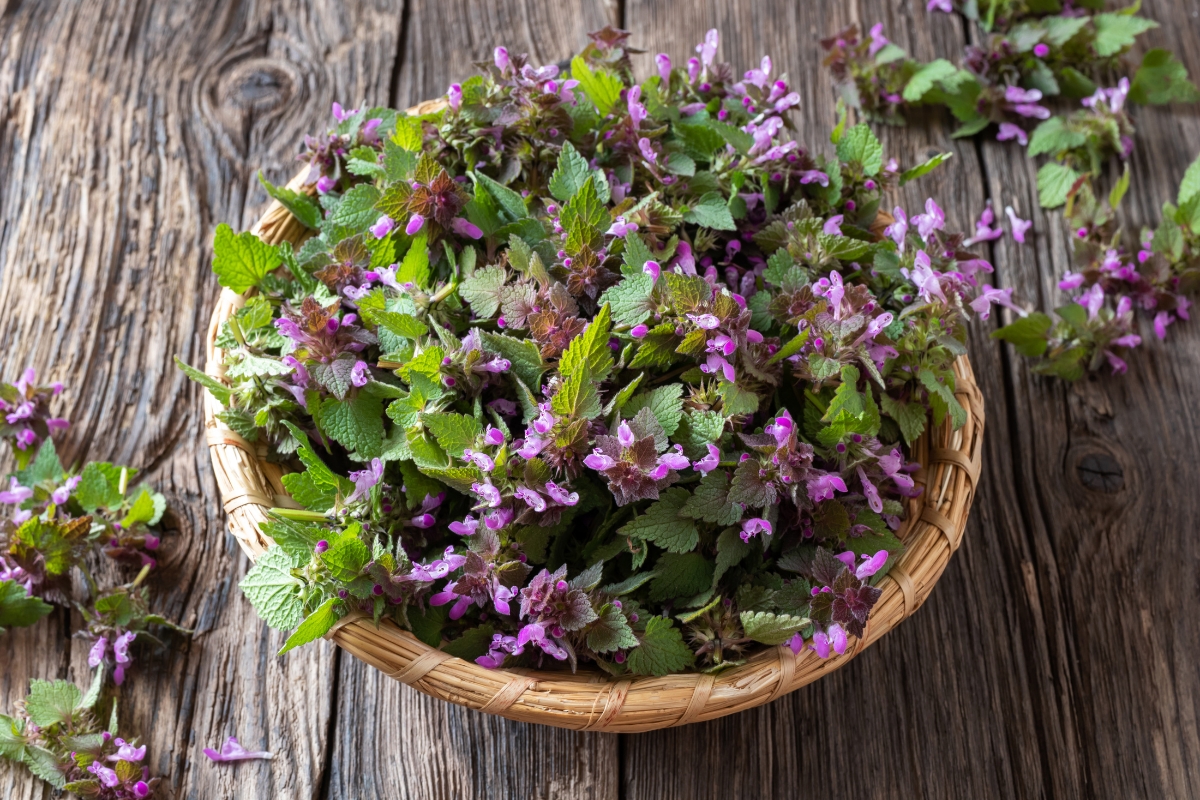
Purple Dead Nettle Recipes
Once you’ve harvested purple dead nettle in the wild, here are a few ways to use it for both food and medicine:
- Try this Purple Dead Nettle Rice Pilaf from RealTree to pair with your next wild meal.
- Purple Dead Nettle is excellent paired with other spring greens. Create a savory, fluffy breakfast fritter with this Dead Nettle and Chickweed Fritter recipe from The Herbal Academy.
- Have a lot of greens in the garden? Make your own Wild Weeds Pesto with this simple recipe from Nitty Gritty Life.
- Purple Dead Nettle is a wonderful herb for external use. Incorporate it into your own herbal practice with these three recipes for Purple Dead Nettle Salves from the Nerdy Farm Wife.
- Or try her soothing Purple Dead Nettle Lotion Bars.
Frequently Asked Questions
Yes, Purple Dead Nettle (Lamium purpureum) is safe to eat when properly identified and harvested from clean, pollutant-free areas. The leaves, stems, and flowers can be consumed raw in salads, cooked like greens, or used in soups and stews. Avoid eating large quantities, as it may have mild laxative effects.
Purple Dead Nettle is a low-growing plant with square stems and hairy, heart-shaped leaves that transition from green at the base to purplish-red near the top. It produces small purple or pink tubular flowers in clusters near the top of the stem, attracting bees during spring.
It is traditionally used for allergies, skin irritations, menstrual issues, and gut health. It also has Antimicrobial and antifungal effects, Anti-inflammatory properties,
Immune Boosting and Astringent Properties.
Purple Dead Nettle thrives in moist, fertile soils and is commonly found in lawns, gardens, roadsides, pastures, and meadows. It blooms in spring and can be seen from March to May, depending on your region. Avoid harvesting near roads or polluted areas.
Purple Dead Nettle is generally safe when consumed in moderate amounts. However, excessive intake may cause mild laxative effects. People with allergies to mint family plants should exercise caution. Always consult with a healthcare professional before using it medicinally.
Yes! Purple Dead Nettle grows well in moist, fertile soil with full sun to partial shade. It’s hardy and low-maintenance, making it an excellent addition to your garden for both culinary and medicinal uses.
Edible Wild Weeds
Looking for other edible wild weeds?
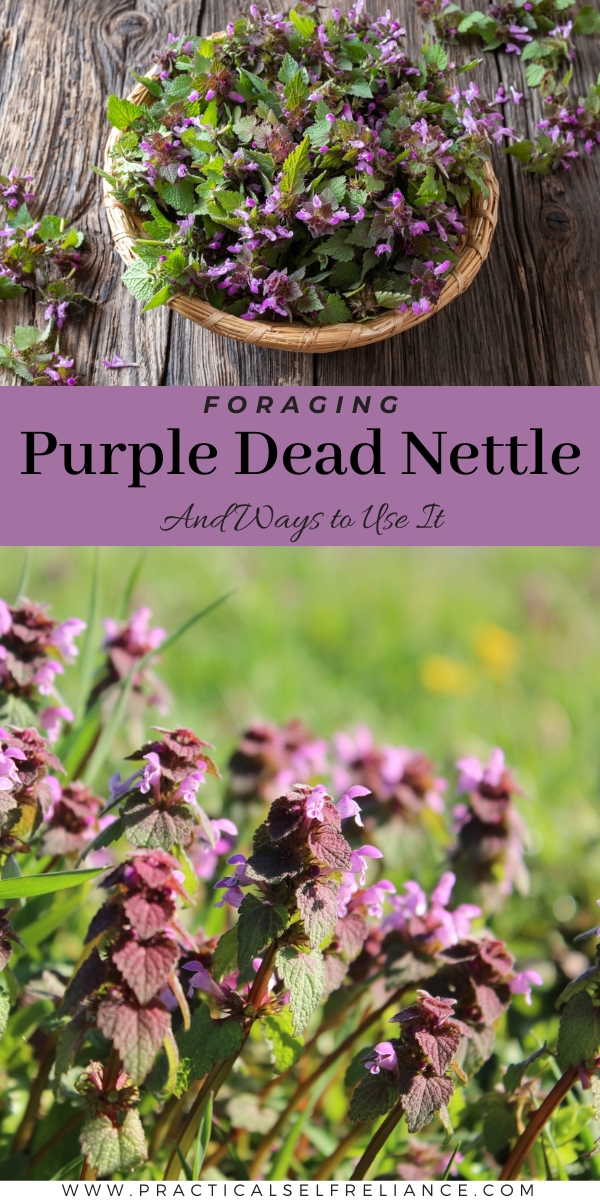

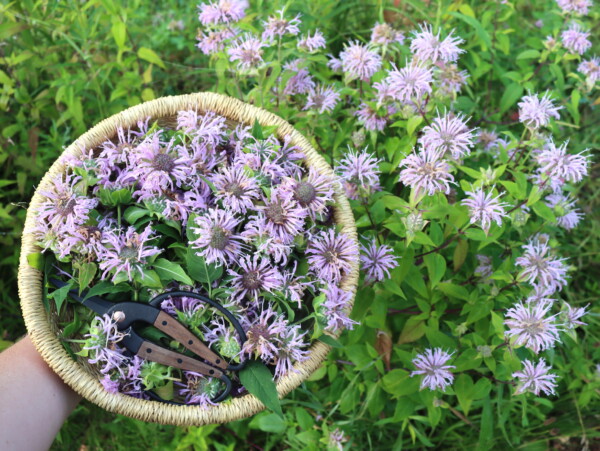
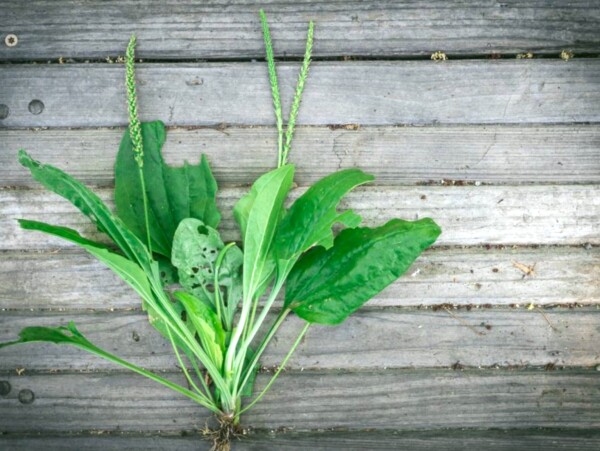
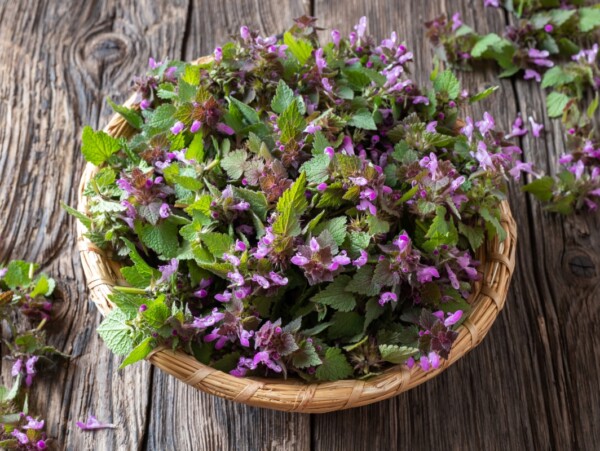
I love your site. The information is absolutely wonderful and the pictures are so beautiful and helpful. Thank you so much for offering such helpful information.
You’re very welcome. We’re so glad you’re enjoying it.
informative content, thank you for sharing information